Chinesischer Turm
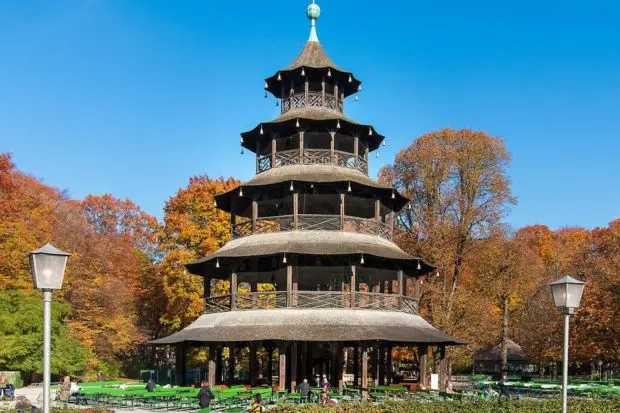
The Chinesischer Turm, rising 25 metres above the treetops of Munich’s Englischer Garten, is one of the park’s most recognisable landmarks. Built in 1789/90 by Baptist Lechner to a design inspired by London’s Kew Gardens pagoda, it blends exotic flair with Bavarian tradition. Originally an observation tower, it has been rebuilt several times, most recently in 1952 after wartime destruction. At its base lies Munich’s second-largest beer garden, seating around 7,000 guests beneath shady chestnut trees, where brass bands play from the tower’s upper levels. The site is also home to the annual Kocherlball, a dawn dance recalling 19th-century gatherings of the city’s servants, and hosts a charming Christmas market in winter. Though the tower itself is closed to the public for safety reasons, its lively surroundings offer a quintessential Munich experience, combining history, music, and conviviality in the heart of the city’s green oasis.
Munich GermanyThe Chinesischer Turm (Chinese Tower) is located in the southern part of Munich’s Englischer Garten, at Englischer Garten 3, in the district of Lehel. This 25-meter-high wooden pagoda-style tower, built in 1789-1790 and reconstructed after WWII, is a prominent landmark of the Englischer Garten. It is surrounded by Munich’s second-largest beer garden with about 7,000 seats, offering a vibrant Bavarian atmosphere especially during weekends when brass bands play traditional music. Nearby attractions include the Monopteros temple and the Rumfordhaus. The area is accessible by several public transport options: bus lines 54 and 154 stop right at Chinesischer Turm, tram line 18 stops at nearby Tivolistraße, and the closest U-Bahn station is Giselastraße, about a ten-minute walk away through the park. The Chinese Tower area is popular for both locals and tourists seeking relaxation, traditional Bavarian beer garden culture, and picturesque natural surroundings within the city.
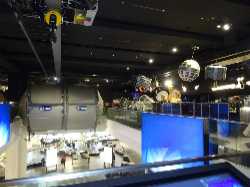 Deutsches Museum
Munich
Deutsches Museum
Munich
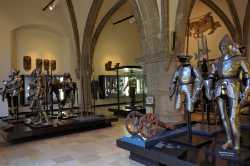 Bayerisches Nationalmuseum
Munich
Bayerisches Nationalmuseum
Munich
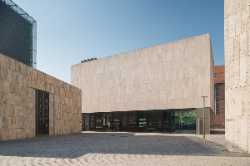 Jüdisches Museum München
Munich
Jüdisches Museum München
Munich
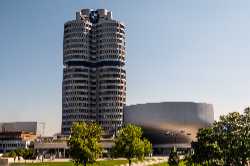 BMW Museum
Munich
BMW Museum
Munich
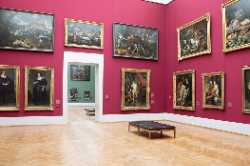 Alte Pinakothek
Munich
Alte Pinakothek
Munich
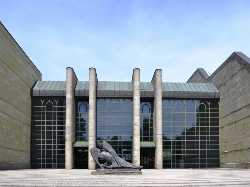 Neue Pinakothek
Munich
Neue Pinakothek
Munich
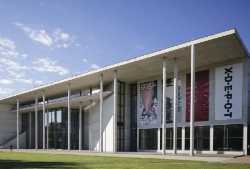 Pinakothek der Moderne
Munich
Pinakothek der Moderne
Munich
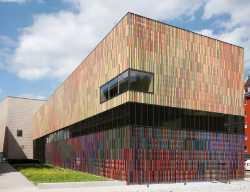 Museum Brandhorst
Munich
Museum Brandhorst
Munich
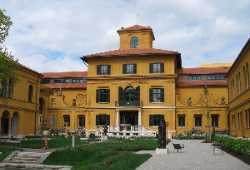 Lenbachhaus
Munich
Lenbachhaus
Munich
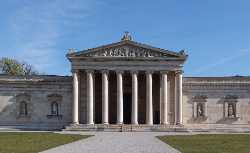 Glyptothek
Munich
Glyptothek
Munich
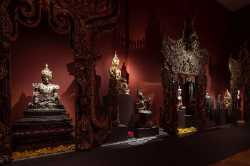 Museum Fünf Kontinente
Munich
Museum Fünf Kontinente
Munich
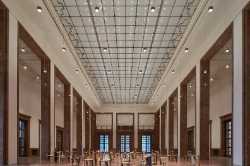 Haus der Kunst
Munich
Haus der Kunst
Munich
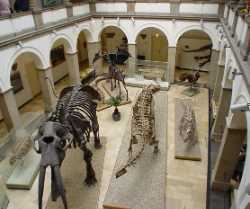 Paläontologisches Museum München
Munich
Paläontologisches Museum München
Munich
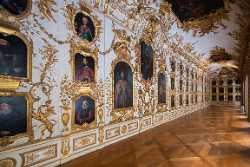 Residenzmuseum
Munich
Residenzmuseum
Munich
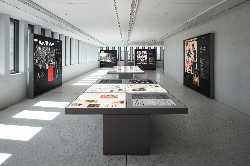 NS-Dokumentationszentrum München
Munich
NS-Dokumentationszentrum München
Munich
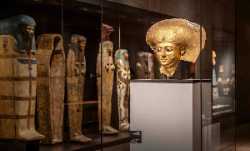 Staatliche Sammlung Ägyptischer Kunst
Munich
Staatliche Sammlung Ägyptischer Kunst
Munich
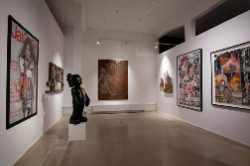 MUCA – Museum of Urban and Contemporary Art
Munich
MUCA – Museum of Urban and Contemporary Art
Munich
 Deutsches Museum Verkehrszentrum
Munich
Deutsches Museum Verkehrszentrum
Munich
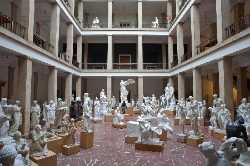 Museum der Gipsabgüsse klassischer Bildwerke
Munich
Museum der Gipsabgüsse klassischer Bildwerke
Munich
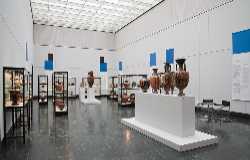 Staatliche Antikensammlungen
Munich
Staatliche Antikensammlungen
Munich
 Marstallmuseum
Munich
Marstallmuseum
Munich
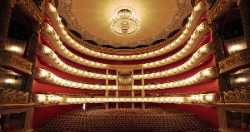 Munich National Theatre
Munich
Munich National Theatre
Munich
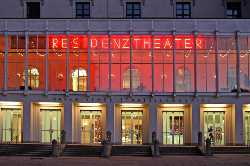 Bayerisches Staatsschauspiel
Munich
Bayerisches Staatsschauspiel
Munich
 Staatstheater am Gärtnerplatz
Munich
Staatstheater am Gärtnerplatz
Munich
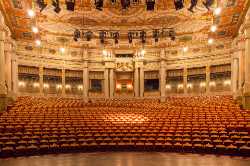 Prinzregententheater
Munich
Prinzregententheater
Munich
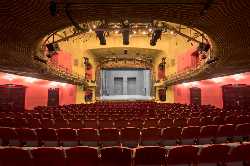 Münchner Kammerspiele
Munich
Münchner Kammerspiele
Munich
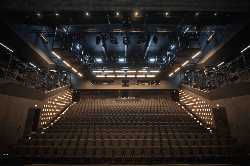 Münchner Volkstheater
Munich
Münchner Volkstheater
Munich
 Deutsches Theater
Munich
Deutsches Theater
Munich
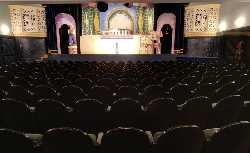 Münchner Theater für Kinder
Munich
Münchner Theater für Kinder
Munich
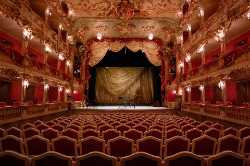 Cuvilliés Theatre
Munich
Cuvilliés Theatre
Munich
 Akademietheater
Munich
Akademietheater
Munich
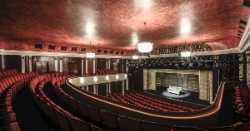 Komödie im Bayerischen Hof
Munich
Komödie im Bayerischen Hof
Munich
 Galerie Michael Heufelder
Munich
Galerie Michael Heufelder
Munich
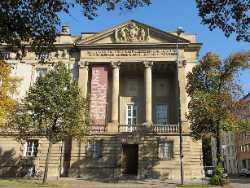 Schack-Galerie
Munich
Schack-Galerie
Munich
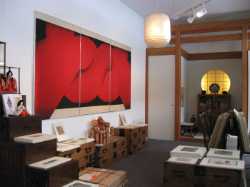 Galerie am Haus der Kunst
Munich
Galerie am Haus der Kunst
Munich
 Gudrun Spielvogel Galerie & Edition
Munich
Gudrun Spielvogel Galerie & Edition
Munich
 Galerie Rottmann Fünf
Munich
Galerie Rottmann Fünf
Munich
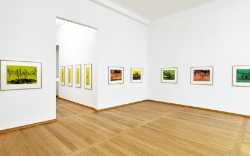 Galerie Sabine Knust
Munich
Galerie Sabine Knust
Munich
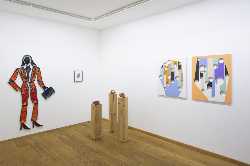 JO VAN DE LOO
Munich
JO VAN DE LOO
Munich
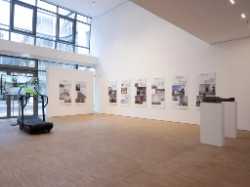 Kunstraum München
Munich
Kunstraum München
Munich
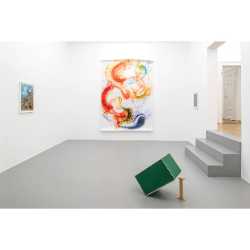 Galerie Christine Mayer
Munich
Galerie Christine Mayer
Munich
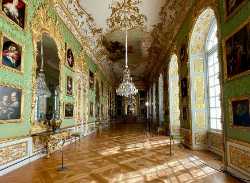 Munich Residence
Munich
Munich Residence
Munich
 Alter Hof
Munich
Alter Hof
Munich
 Nymphenburg Palace
Munich
Nymphenburg Palace
Munich
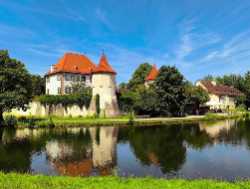 Schloss Blutenburg
Munich
Schloss Blutenburg
Munich
 Marienplatz
Munich
Marienplatz
Munich
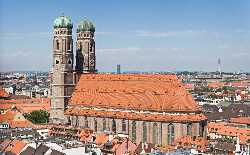 Frauenkirche
Munich
Frauenkirche
Munich
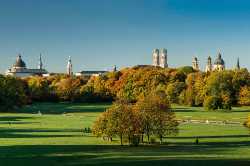 Englischer Garten
Munich
Englischer Garten
Munich
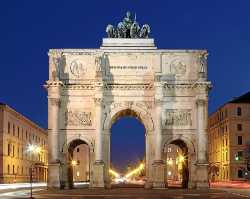 Siegestor
Munich
Siegestor
Munich
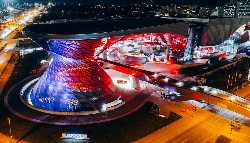 BMW Welt
Munich
BMW Welt
Munich
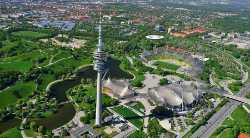 Olympiapark
Munich
Olympiapark
Munich
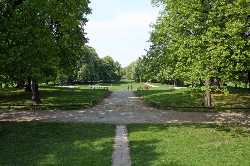 Luitpoldpark
Munich
Luitpoldpark
Munich
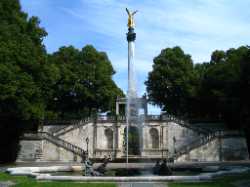 Angel of Peace
Munich
Angel of Peace
Munich
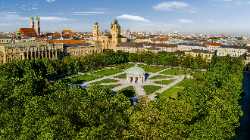 Hofgarten
Munich
Hofgarten
Munich
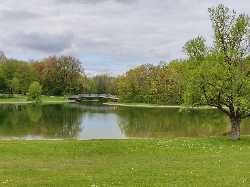 Ostpark
Munich
Ostpark
Munich
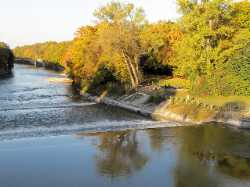 Maximiliansanlagen
Munich
Maximiliansanlagen
Munich
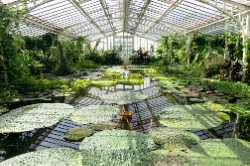 Botanical Garden Munich-Nymphenburg
Munich
Botanical Garden Munich-Nymphenburg
Munich
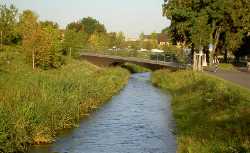 Petuelpark
Munich
Petuelpark
Munich
 Riemer Park
Munich
Riemer Park
Munich
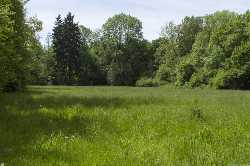 Südpark
Munich
Südpark
Munich
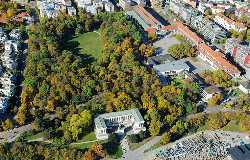 Bavariapark
Munich
Bavariapark
Munich
 Bavaria Statue
Munich
Bavaria Statue
Munich
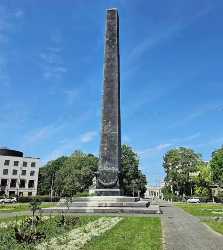 Obelisk on Karolinenplatz
Munich
Obelisk on Karolinenplatz
Munich
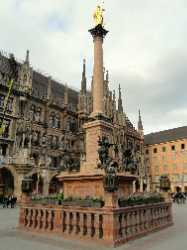 Mariensäule
Munich
Mariensäule
Munich
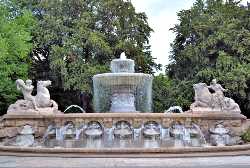 Wittelsbacher Fountain
Munich
Wittelsbacher Fountain
Munich
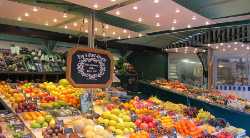 Viktualienmarkt
Munich
Viktualienmarkt
Munich
 Elisabethmarkt
Munich
Elisabethmarkt
Munich
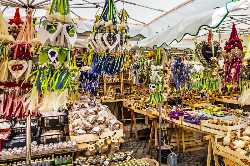 Bauernmarkt am Josephsplatz
Munich
Bauernmarkt am Josephsplatz
Munich
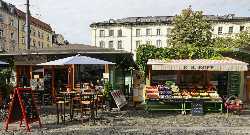 Wiener Markt
Munich
Wiener Markt
Munich
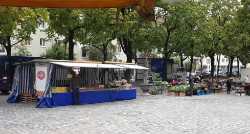 Bauernmarkt am Mariahilfplatz
Munich
Bauernmarkt am Mariahilfplatz
Munich
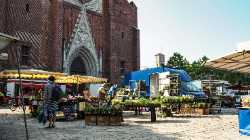 Wochenmarkt Au
Munich
Wochenmarkt Au
Munich
 Schwabinger Hofflohmärkte
Munich
Schwabinger Hofflohmärkte
Munich
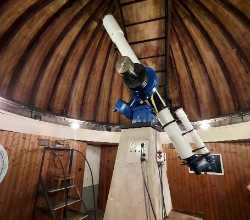 Bayerische Volkssternwarte München
Munich
Bayerische Volkssternwarte München
Munich
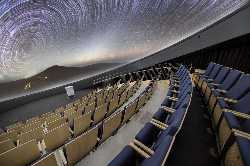 ESO Supernova Planetarium
Munich
ESO Supernova Planetarium
Munich